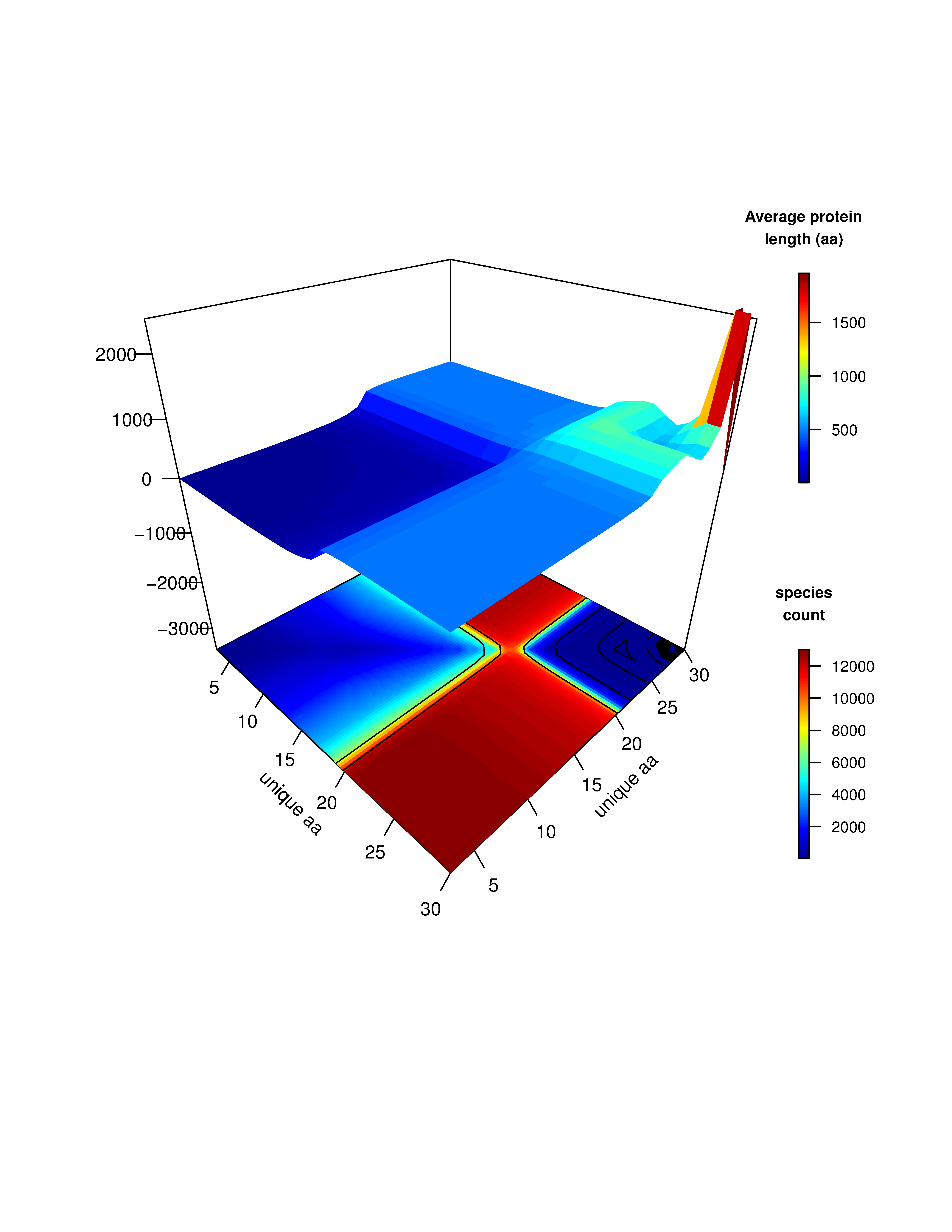

Reference details

| Author(s) | Year | Title | Reference | View/Download |
|---|---|---|---|---|
Les Hatton , Greg Warr | 2015a | Protein structure and Evolution: Are they Constrained Globally by a Principle Derived from Information Theory ? | PLOS ONE 10.1371/journal.pone.0125663 | No downloadable files available yet |
Synopsis and invited feedback
This work was or is being reviewed by domain-specific experts appointed independently.
If you would like to provide feedback just e-mail me here.
| Synopsis | Invited Feedback | Importance (/10, author rated :-) ) |
|---|---|---|
| That the physicochemical properties of amino acids constrain the structure, function and evolution of proteins is not in doubt. However, principles derived from information theory may also set bounds on the structure (and thus also the evolution) of proteins. Here we analyze the global properties of the full set of proteins in release 13-11 of the SwissProt database, showing by experimental test of predictions from information theory that their collective structure exhibits properties that are consistent with their being guided by a conservation principle. This principle (Conservation of Information) defines the global properties of systems composed of discrete components each of which is in turn assembled from discrete smaller pieces. In the system of proteins, each protein is a component, and each protein is assembled from amino acids. Central to this principle is the inter-relationship of the unique amino acid count and total length of a protein and its implications for both average protein length and occurrence of proteins with specific unique amino acid counts. The unique amino acid count is simply the number of distinct amino acids (including those that are post-translationally modified) that occur in a protein, and is independent of the number of times that the particular amino acid occurs in the sequence. Conservation of Information does not operate at the local level (it is independent of the physicochemical properties of the amino acids) where the influences of natural selection are manifest in the variety of protein structure and function that is well understood. Rather, this analysis implies that Conservation of Information would define the global bounds within which the whole system of proteins is constrained; thus it appears to be acting to constrain evolution at a level different from natural selection, a conclusion that appears counter-intuitive but is supported by the studies described herein. | None yet | 10 |
Related links
| Related papers and links |
|---|
http://journals.plos.org/plosone/article?id=10.1371/journal.pone.0125663 |
Auto-generated: $Revision: 1.63 $, $Date: 2020/01/25 16:18:09 $, Copyright Les Hatton 2001-




















